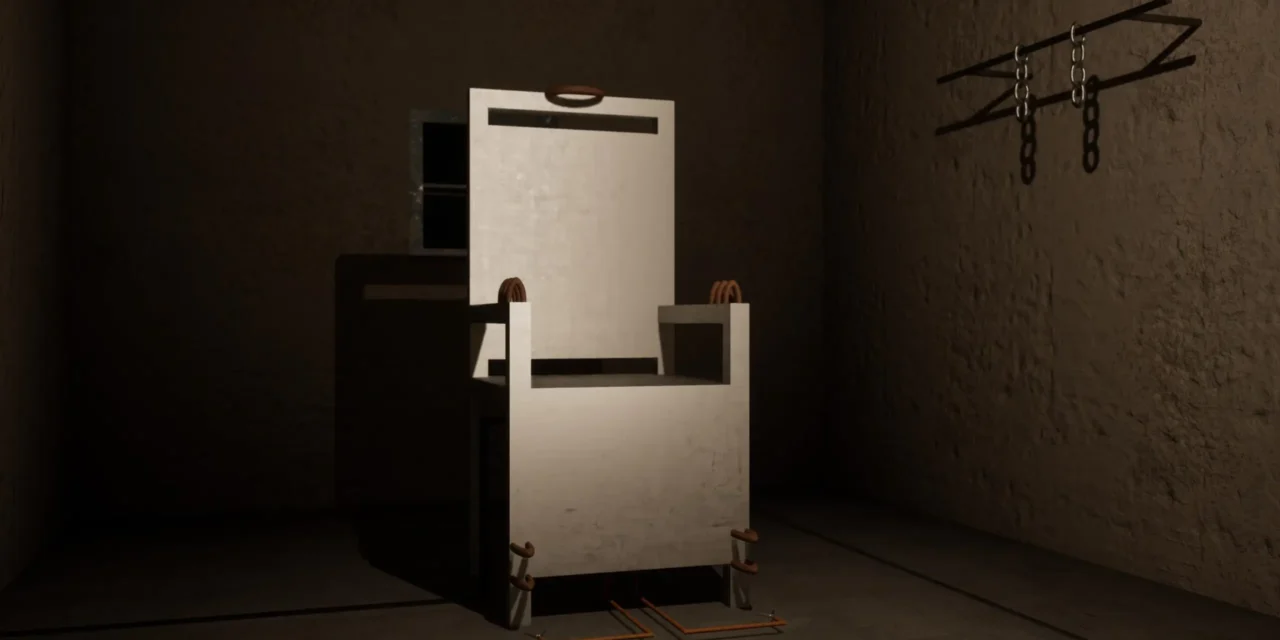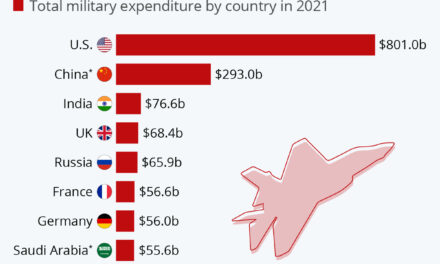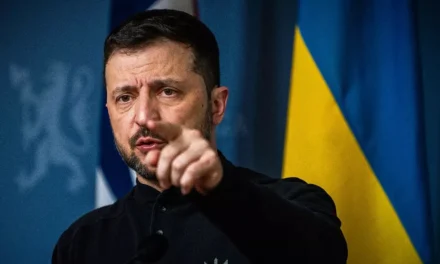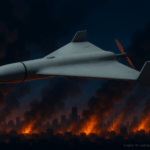The Guardian reconstructs how Taganrog’s pre-trial detention centre No. 2 (SIZO-2) in southern Russia was turned after the February 2022 invasion into the most feared hub of a system designed to break Ukrainian prisoners. theguardian.com Drawing on survivor testimony, legal sources and open records, the investigation shows a jail redesigned for intimidation, forced confessions and attrition. On arrival, detainees—combatants and civilians—faced a ritualised “reception”: blindfolded, bound and forced through a gauntlet of punches, kicks and baton strikes. Interrogations then layered on beatings, electrocution, waterboarding, mock executions and bizarre humiliations, such as taping prisoners into “human furniture”. theguardian.com Food rations were deliberately meagre; former inmates described counting pasta pieces and losing as much as 25kg during months in custody. A ban on speaking Ukrainian, constant searches and the ever-present screams from two identified torture buildings reinforced control. theguardian.com Investigative partners converted detailed testimonies into a 3D model of the facility and mapped the rooms used for torture, interrogation and holding cells. theguardian.com Numbers place Taganrog in a wider carceral architecture: Ukraine’s ombudsman has recorded roughly 16,000 civilians as disappeared, with Russia believed to be holding detainees across as many as 180 locations; the collaboration documented systematic torture at 29 sites. theguardian.com Inside Taganrog, the FSB oversaw key interrogations, while rotating FSIN special-forces teams from several regions carried out much of the violence, using call signs and masks to hide identities. Early in the war, senior prison officials allegedly signalled that officers had carte blanche to “work hard, do everything possible”, and body-camera use was curtailed—steps that, rights monitors argue, point to organisation and approval at the highest levels in Moscow. theguardian.com Civilians were kept incommunicado, outside any clear legal basis. Families often learned a relative’s fate only when released POWs mentioned cellmates; lawyers were blocked by blanket written “refusals” purportedly signed by clients and by routine denials of entry. theguardian.com Former inmates recounted that Taganrog absorbed both prominent defenders from Mariupol’s Azov Brigade and ordinary civilians swept up in occupied areas, blurring any distinction between POWs and alleged “disloyal” residents. theguardian.com Collectively, the testimony, documents and imagery sketch a system not of isolated excesses but of policy: a network in which torture, starvation and dehumanisation are instruments of war, calibrated to extract information, enforce submission and erase Ukrainian identity.
Inside Taganrog SIZO-2: Anatomy of Russia’s Systemic Torture












